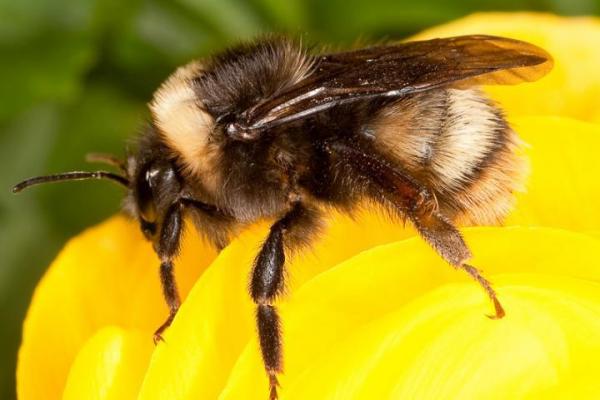
LOGAN, Utah, Feb. 9 (UPI) — The western bumblebee, Bombus occidentalis, is one of 30 species of bumblebees living in western North America. Until the 1990s, it was the most common variety in the Pacific Northwest.
But in the mid-1990s, its population began to suddenly shrink. Over the last two decades, it has become one of the rarest. New data, however, suggests the western bumblebee is making a comeback.
Researchers detailed the species’ improving numbers in a paper published this week in the Journal of Insect Science.
“The population seems at least to be re-emerging where it hadn’t been seen in the last 10 years,” study co-author James Strange, a researcher with the USDA’s Pollinating Insects Research Unit at Utah State University, said in a news release. “There is some resilience in the population of Bombus occidentalis. They do seem to be coming back.”
Researchers believe the Nosema parasite was at least partially responsible for the bee’s decline, but confirming so in the laboratory has proven near impossible.
“When we try to raise the bees in captivity, they die, so we can’t do a lot of experimental work to show that this is really the thing [killing bees],” Strange explained.
“We have a lot of correlation, but we can never get the species without the pathogen. We can’t clean this pathogen out.”
Explaining what exactly is responsible for the species’ comeback is likely to be equally difficult. It may be that the pathogen has lost its virulence or that the bees have developed a resistance.
Whatever the reason, entomologists say the rebound is good news for pollination in the Pacific Northwest.





